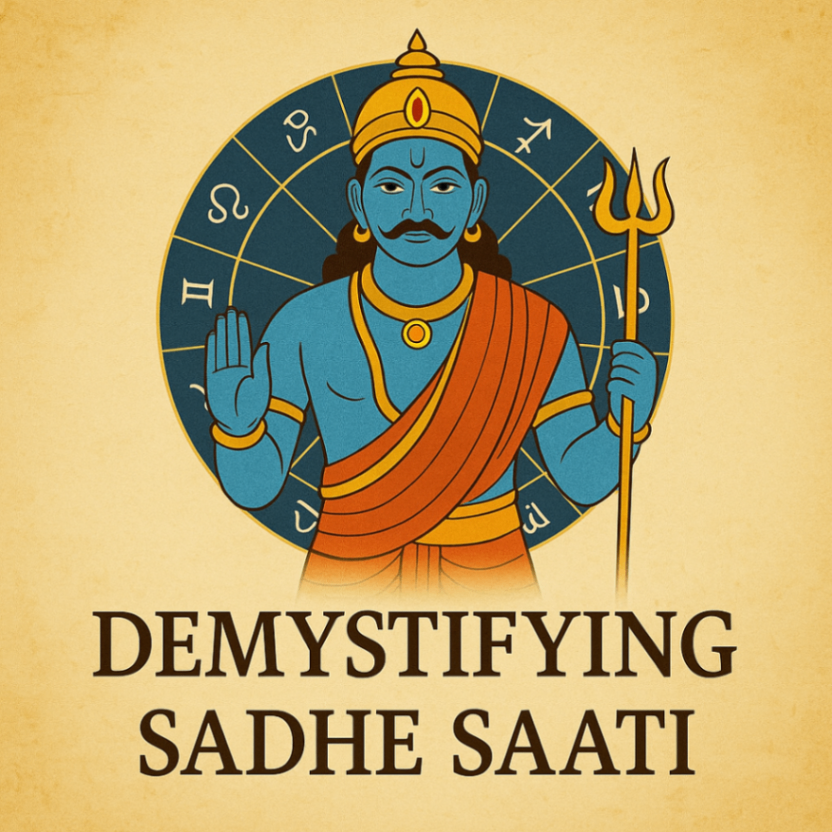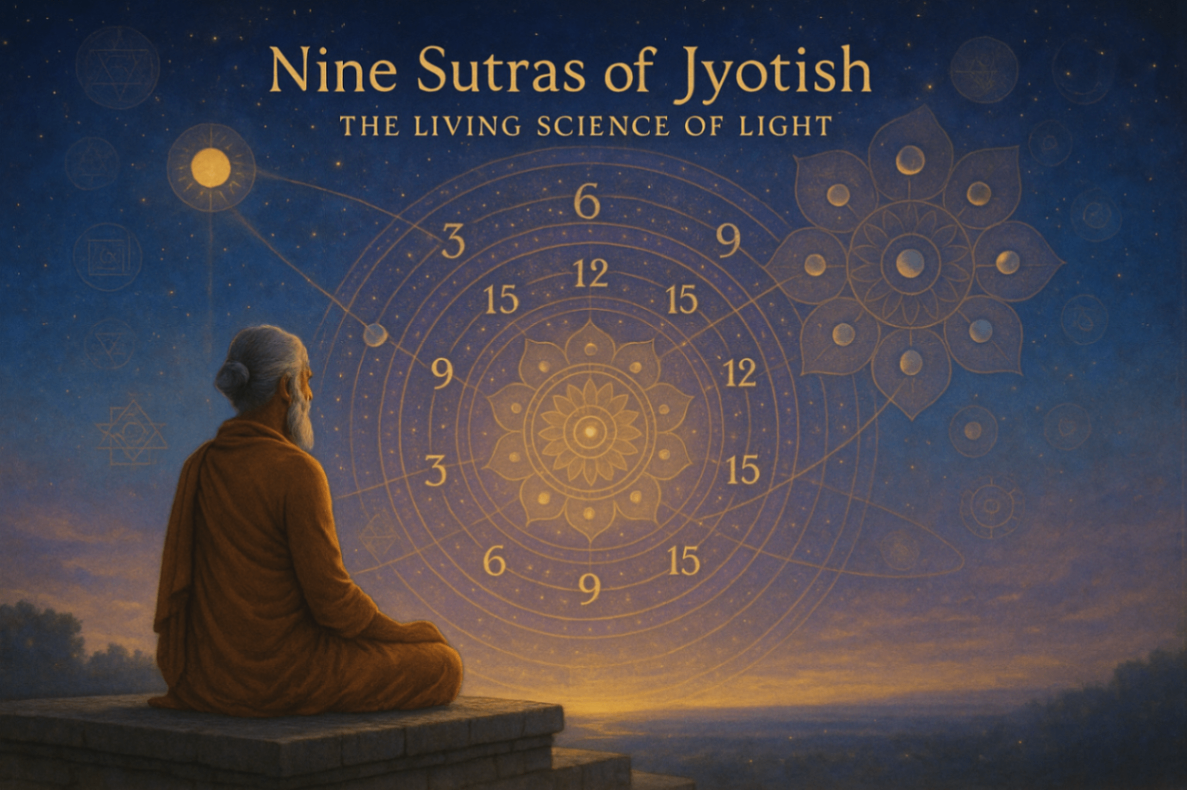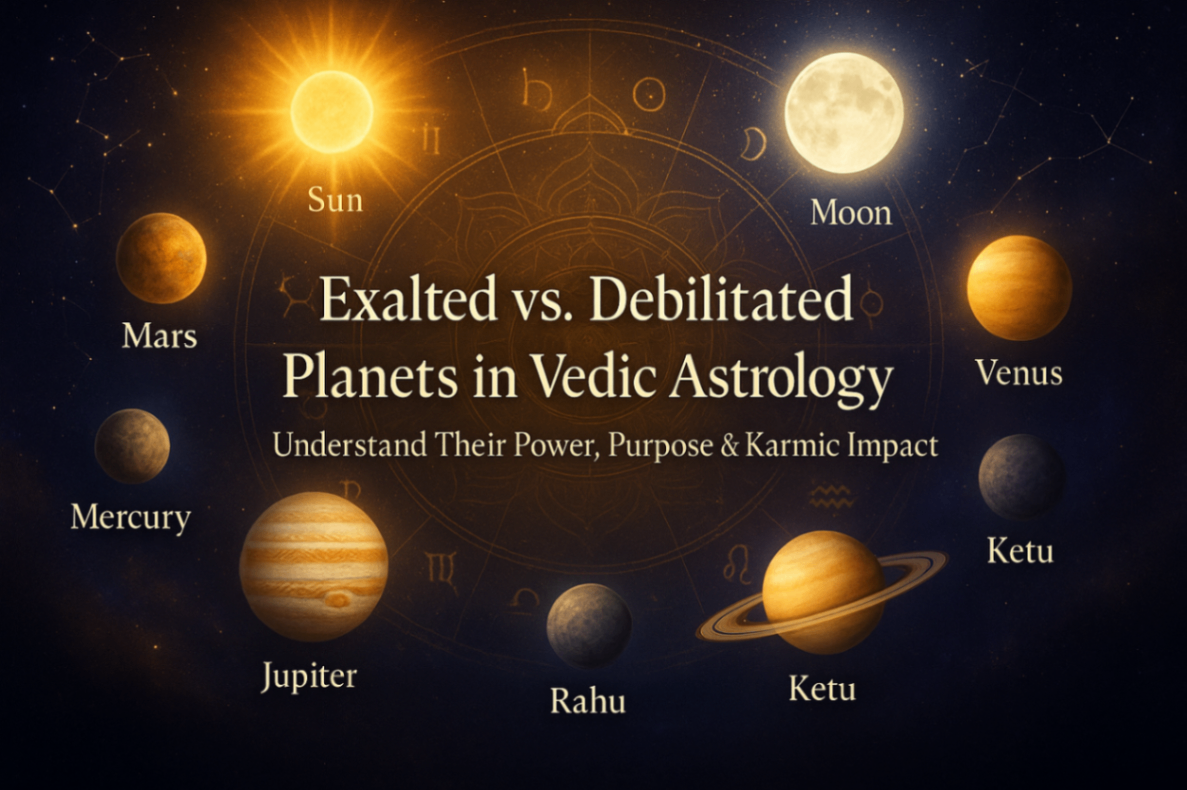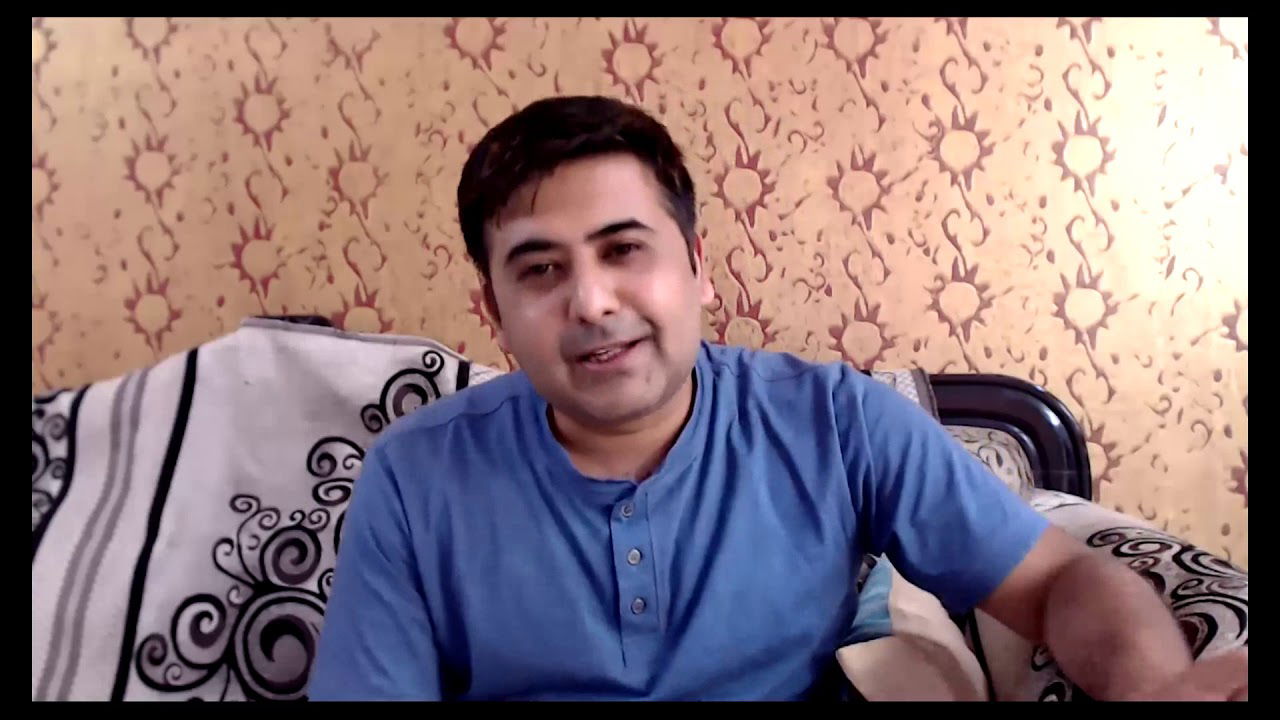Introduction to Sadhe Saati
Among the general public, Sadhe Saati or Shani’s Sadhe Saati is often feared and misunderstood. In Vedic astrology, it refers to the 7.5-year transit of Saturn in relation to the Moon sign in a birth chart. Understanding this period through an astrological lens can help remove superstitions and offer practical insights into its karmic role.
What is Sadhe Saati?
Sadhe Saati begins when Saturn transits into the 12th house from the natal Moon. It continues as Saturn moves over the natal Moon (1st house) and finally into the 2nd house. This full journey takes approximately 7.5 years, hence the name Sadhe Saati (7½ in Hindi).
Saturn re-enters this pattern every 22 to 30 years, so a person typically experiences it three times in life:
First Round: Usually before the age of 30
Second Round: Between ages 30 to 60
Third Round: Between ages 60 to 90
General Effects of Sadhe Saati

This period is known to bring karmic tests and transformations. The individual often faces challenges in areas like:
Health problems
Financial losses
Career setbacks
Family responsibilities
Mental stress
Saturn, the cosmic disciplinarian, tests endurance, patience, and sincerity. But it also offers growth when one aligns with its principles of hard work and detachment.
The Three Rounds of Sadhe Saati in Life
Each round of Sadhe Saati unfolds different karmic themes and impacts:
First Sadhe Saati (before age 30):
Often impacts grandparents or parents.
Brings early mental pressure, foundational life challenges, and sometimes identity crises.
Teaches discipline at a young age and lays the groundwork for inner maturity.
Second Sadhe Saati (age 30 to 60):
Influences career, relationships, and health depending on the birth promise.
Commonly seen to bring major career transitions: job to business, business to job, or complete profession changes.
If relationship or health aspects are weak in the chart, this round may trigger breakdowns or wake-up calls in these areas.
This round may also affect the health of parents, especially if the native is around age 50. Their parents, being close to 80, may be undergoing their third Sadhe Saati, a time often marked by serious health challenges.
Third Sadhe Saati (age 60 to 90):
Affects personal health, emotional detachment, and material disillusionment.
If one is strongly attached to material life, this round may cause losses, isolation, or heavy medical expenses.
Pushes the native toward spirituality or acceptance of life’s impermanence.
In general, each round addresses a different dimension of human experience—foundation, responsibility, and renunciation.
The Three Phases of Each Sadhe Saati

Every 7.5-year Sadhe Saati consists of three distinct phases, each lasting approximately 2.5 years:
First Phase (Saturn in 12th from Moon): Affects the mind and psychological balance.
Second Phase (Saturn over Moon): Impacts the stomach region, emotional turbulence, and core identity.
Third Phase (Saturn in 2nd from Moon): Targets the legs and lower body, leading to exhaustion, extra physical effort, and financial obligations.
Is Sadhe Saati Always Malefic?
Despite popular belief, Sadhe Saati is not always negative. Classical texts like Phal Deepika highlight the difficult outcomes, but they also suggest that results vary based on other factors.
Classical Ill-Effects (Phal Deepika):
12th from Moon: Losses in wealth, enemies, illness in spouse and children.
1st from Moon: Disease, obstacles, and even funeral rites.
2nd from Moon: Financial loss, impact on children.
Historical Examples of Ill-Effects:
Mahatma Gandhi: Assassinated during Sadhe Saati.
Indira Gandhi: Lost her mother in the first Sadhe Saati, and her husband and father in the second.
When Sadhe Saati Brings Positive Outcomes
Research by astrologers, especially under the mentorship of Shri K.N. Rao, outlines situations where Sadhe Saati brings favorable results:
Benefic Dasha/Antardasha operating during Sadhe Saati.
More than 30 bindus in Sarvashtak Varga in the 12th, 1st, and 2nd houses from Moon.
Bhinnashtak Varga of Saturn has benefic points.
Saturn transiting own or friendly signs.
Benefic nakshatras around the Moon.
Favorable aspects from other planets.
Notable Positive Outcomes:
Jawaharlal Nehru became PM in 1947 during Sadhe Saati.
Indira Gandhi became PM in 1966 during Sadhe Saati.
Morarji Desai rose to Cabinet Minister and later PM during his Sadhe Saati phases.
Moon Signs Less Affected
Some astrologers believe that Sadhe Saati is less malefic for people with Moon in Taurus, Libra, Capricorn, or Aquarius:
In Taurus and Libra, Saturn is a Yogakaraka.
In Capricorn and Aquarius, Saturn rules the sign.
Still, mental tension is likely during Saturns transit over the natal Moon. Hence, proper analysis is required.
Understanding the Role of Karma
Sadhe Saati is a karmic phase. It forces introspection, teaches detachment, and rewards sincere effort. The results depend heavily on the birth promise seen in the chart.
For some, it becomes a period of inner strength and spiritual growth. For others, it may highlight what needs to be corrected.
Remedies for Sadhe Saati

While Sadhe Saati is unavoidable, one can reduce its intensity through remedial measures:
Chant Hanuman Chalisa on Saturdays.
Donate black sesame seeds, mustard oil, or iron.
Feed crows or help the underprivileged.
Practice Saturn-related disciplines: simplicity, service, and silence.
Chanting of Vedic Mantras for propitiation of Saturn:
Conclusion
Demystifying Sadhe Saati helps reduce fear and encourages deeper self-awareness. Saturn doesn’t punish; it purifies. When understood through Vedic Astrology, this 7.5-year transit becomes a period of realignment with your karma, offering lessons that shape the soul’s journey.





































